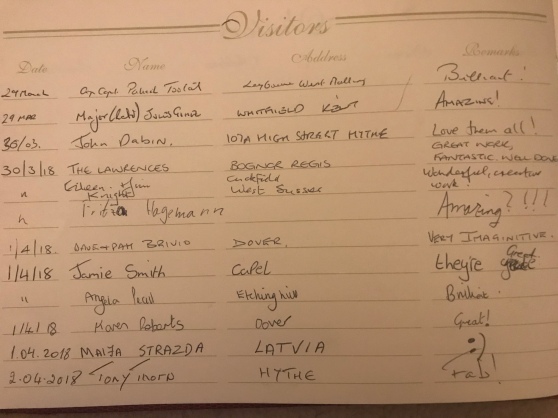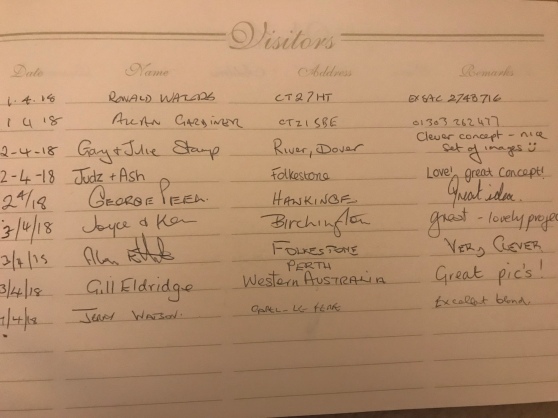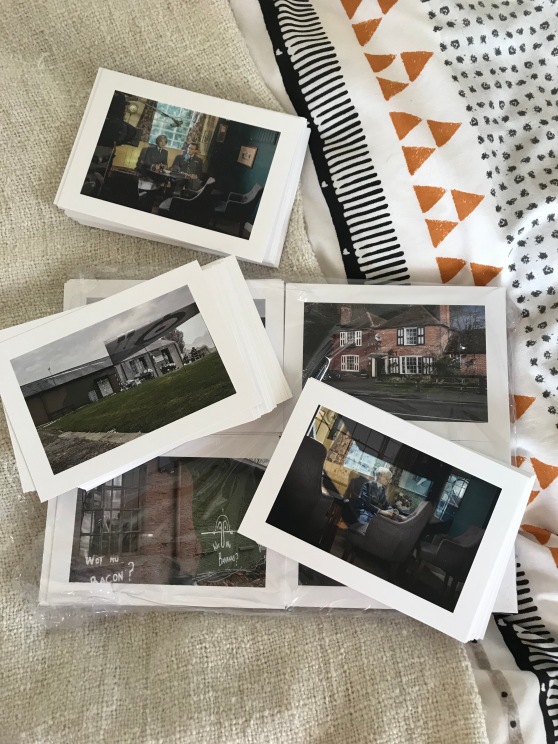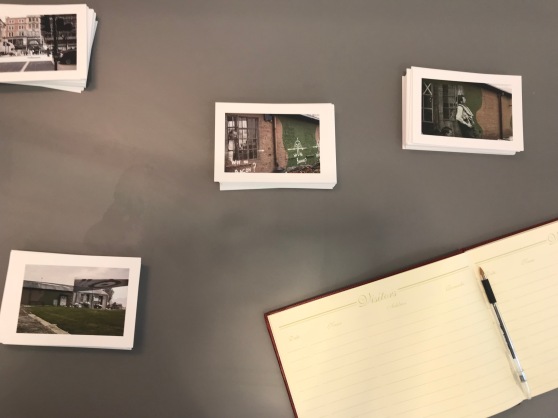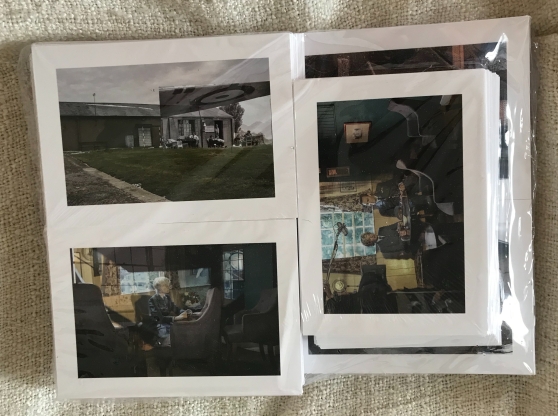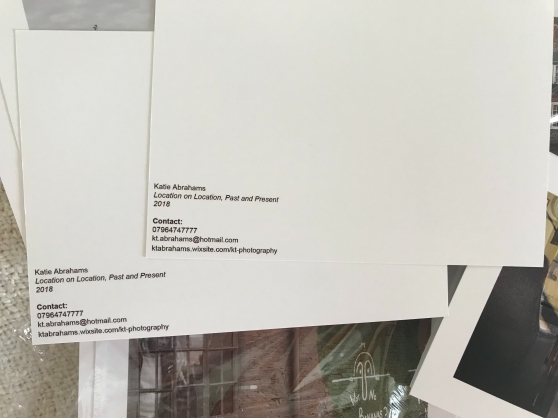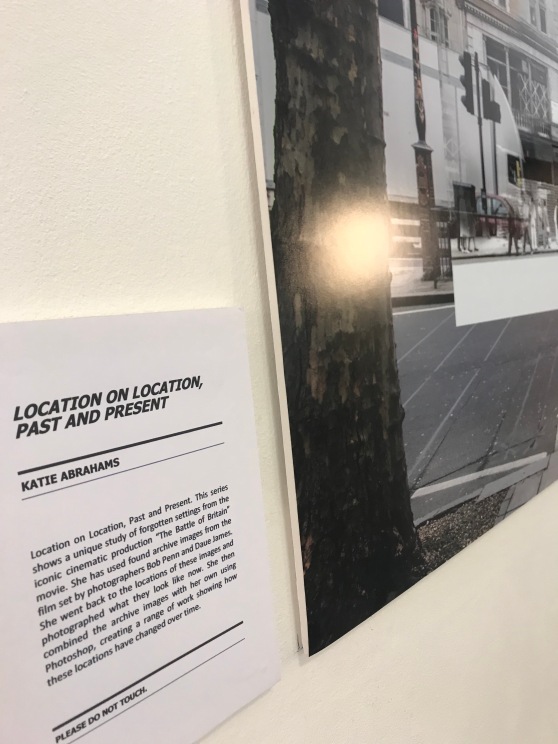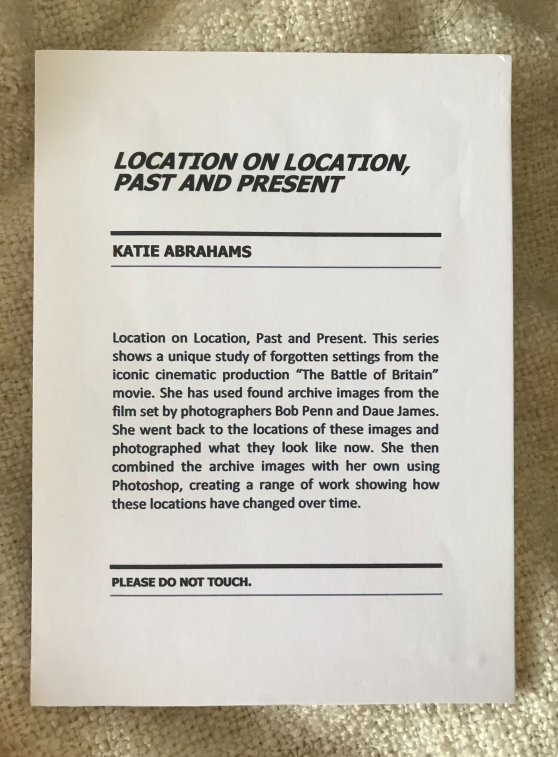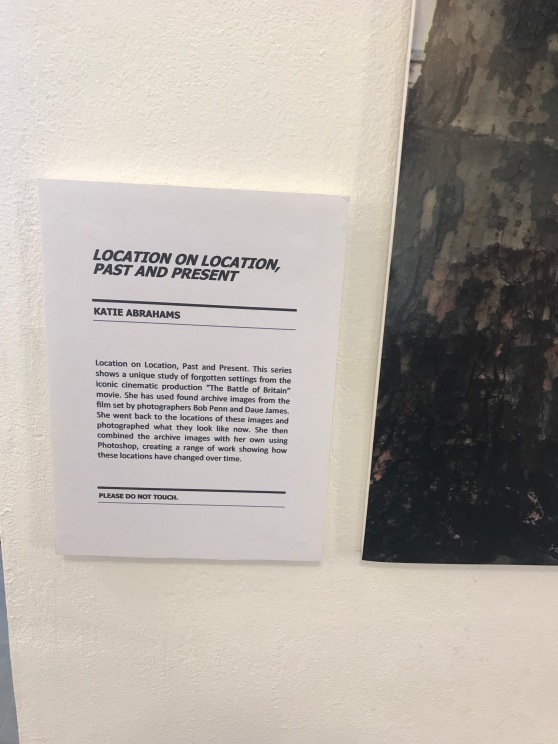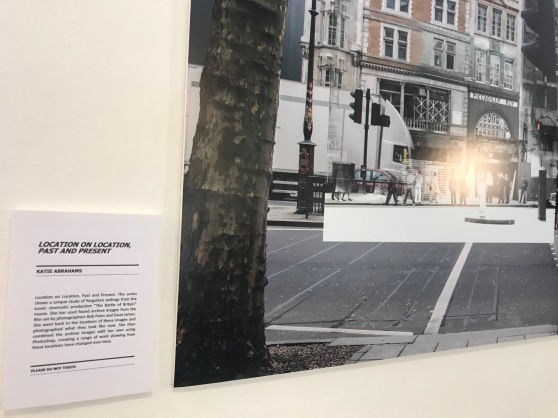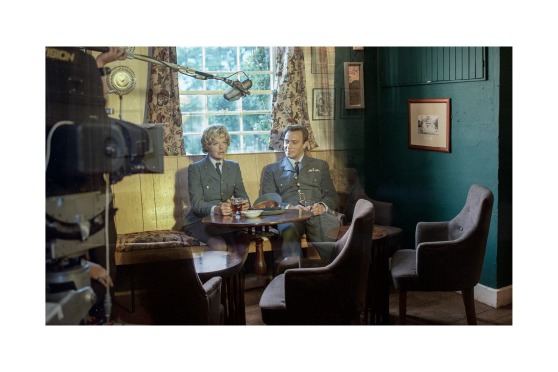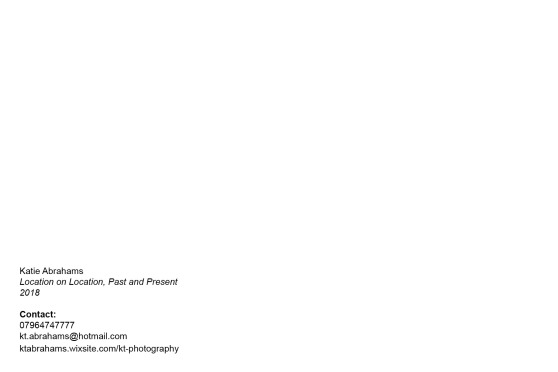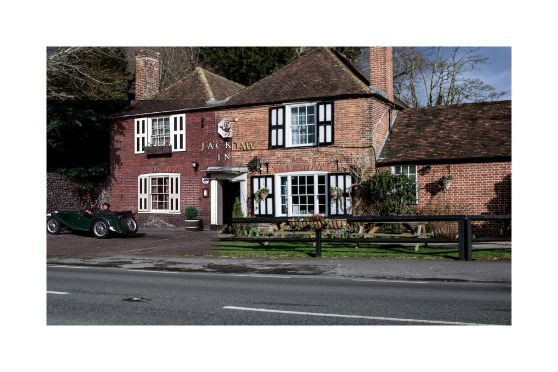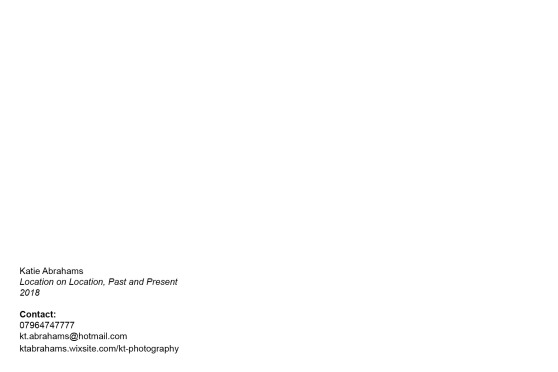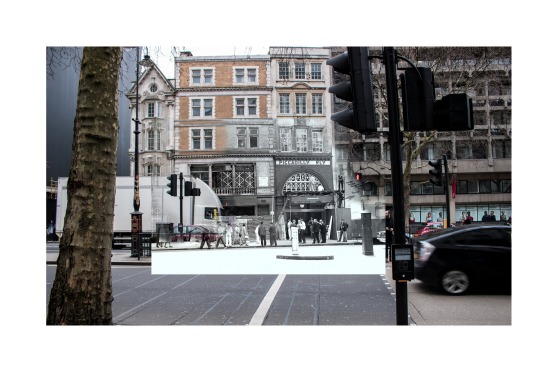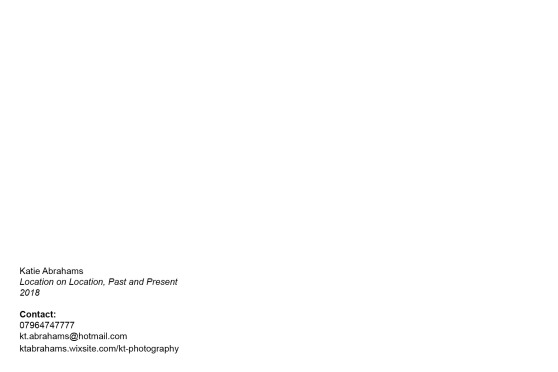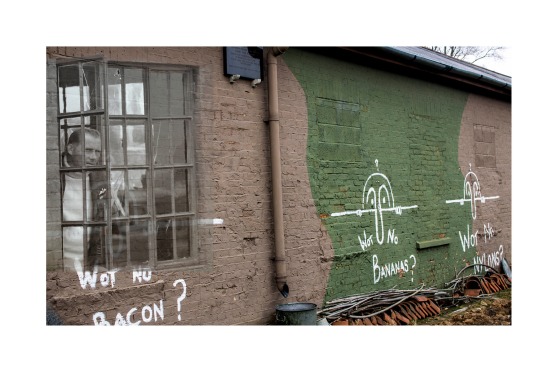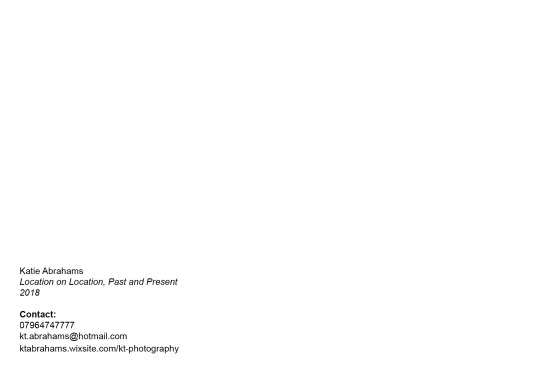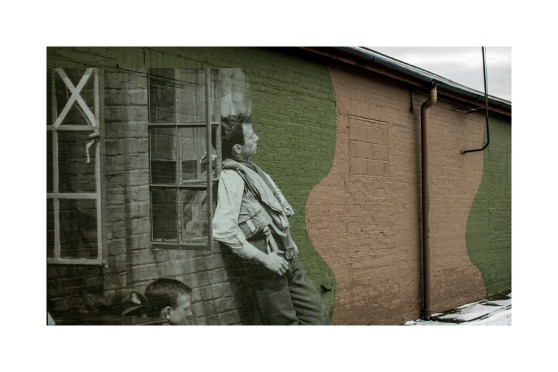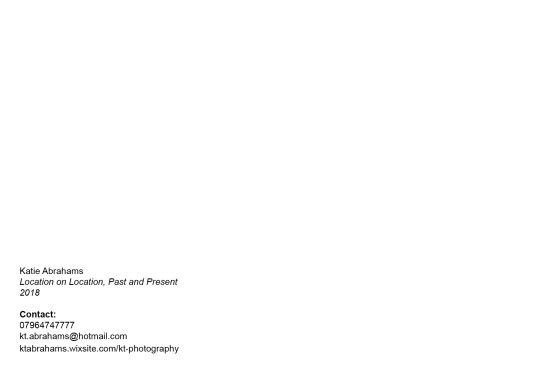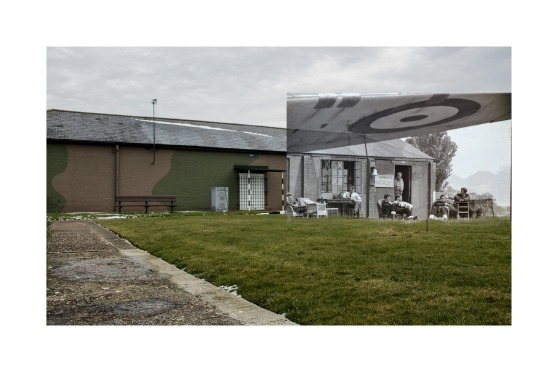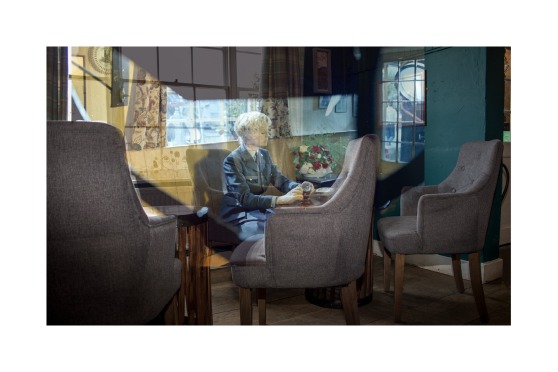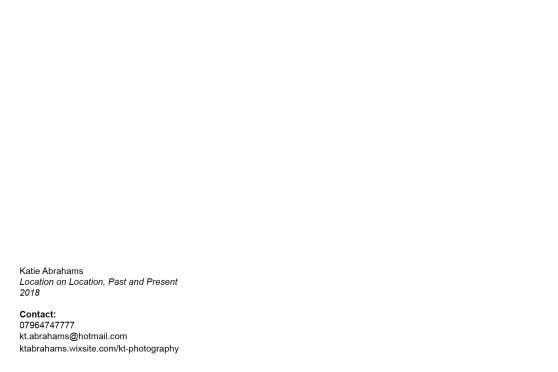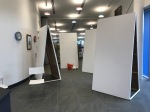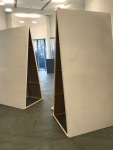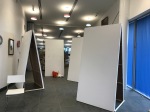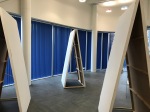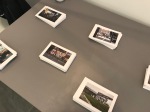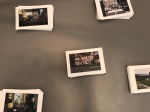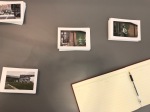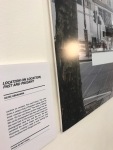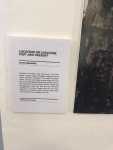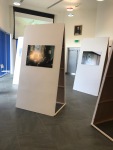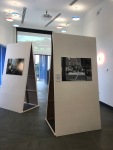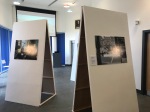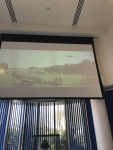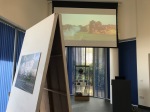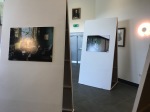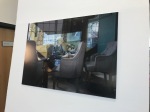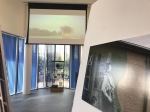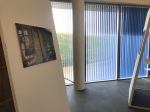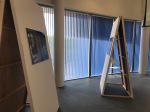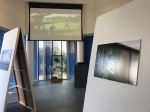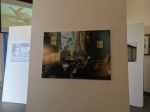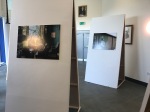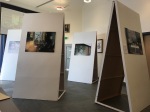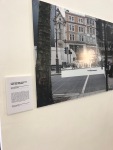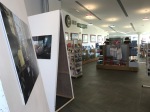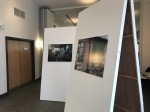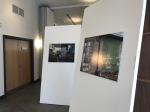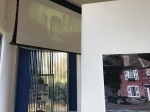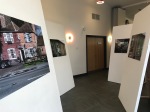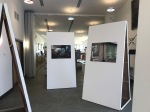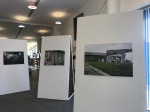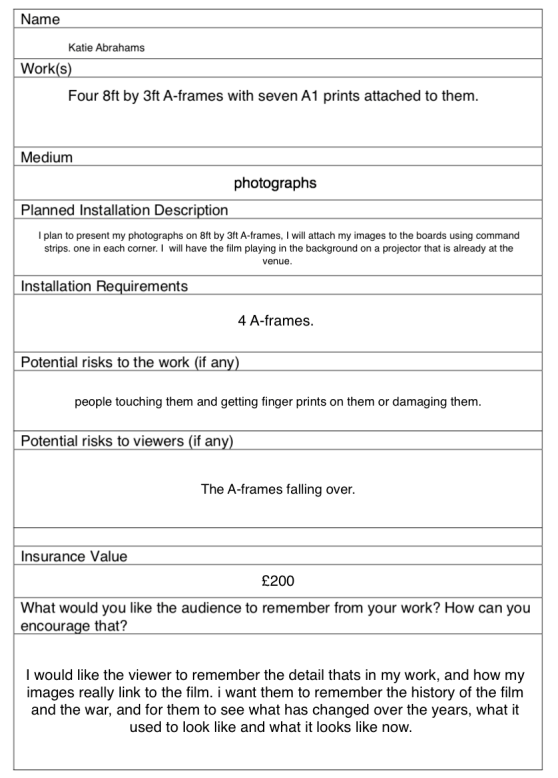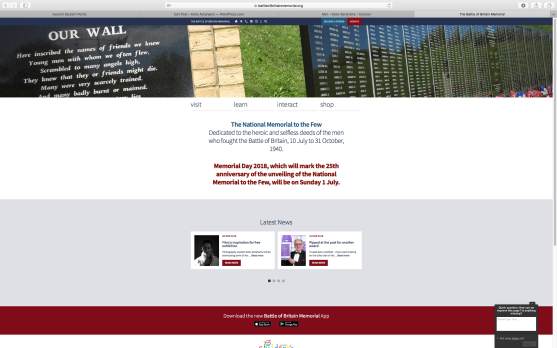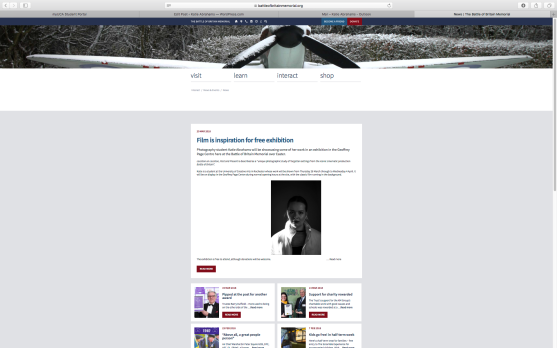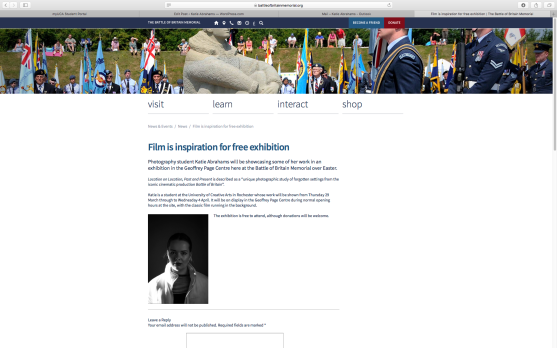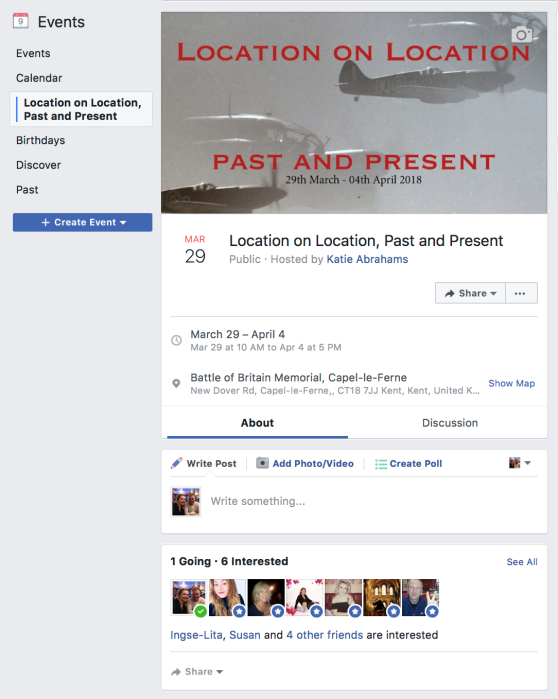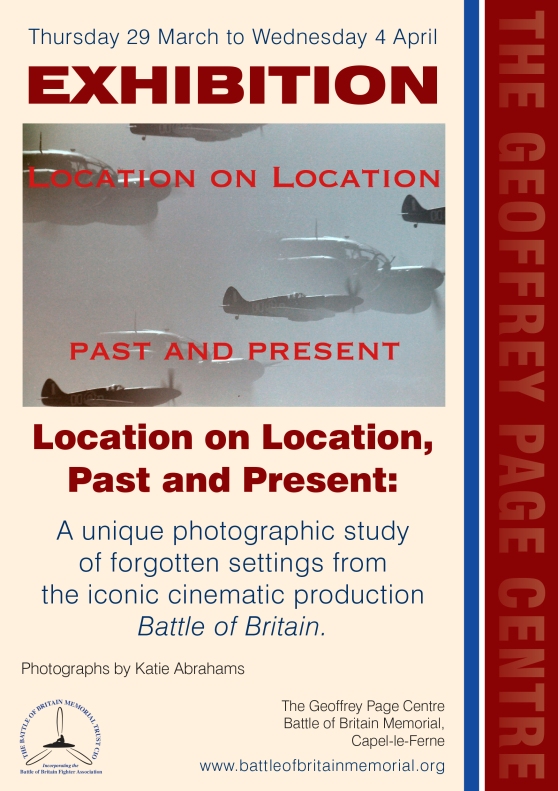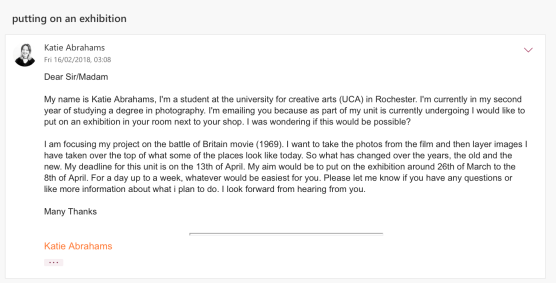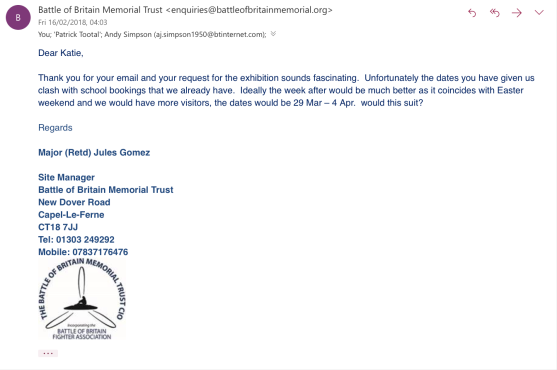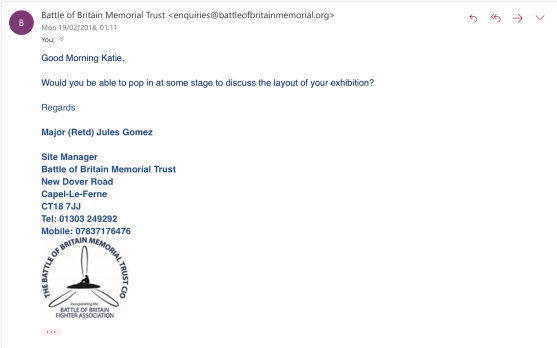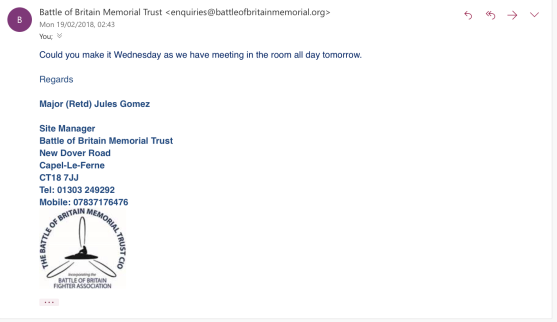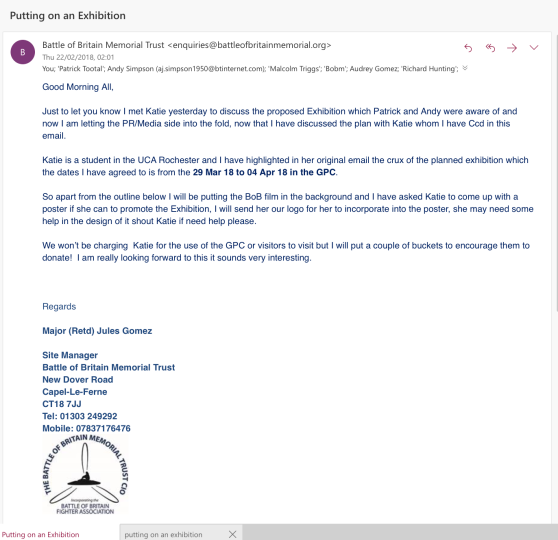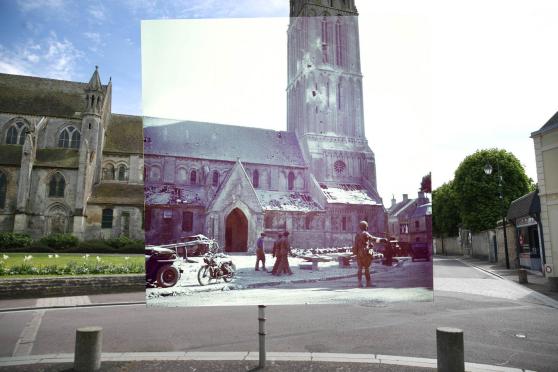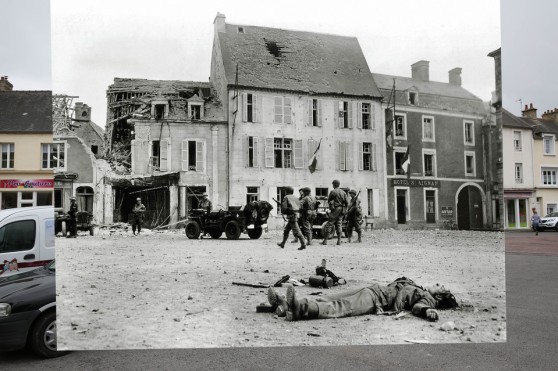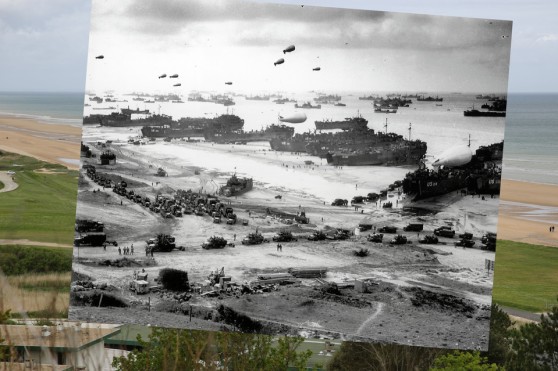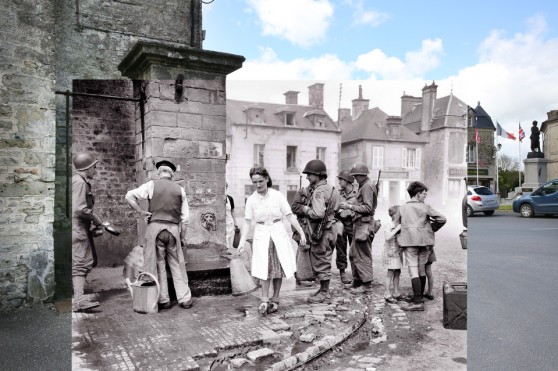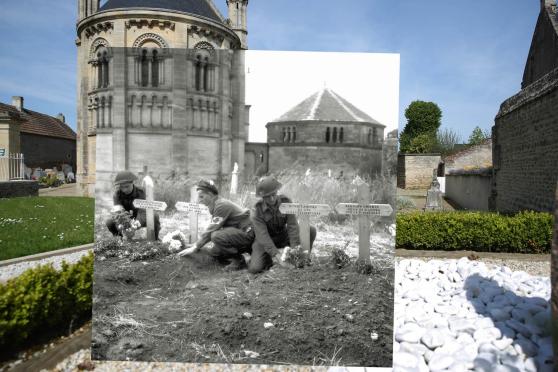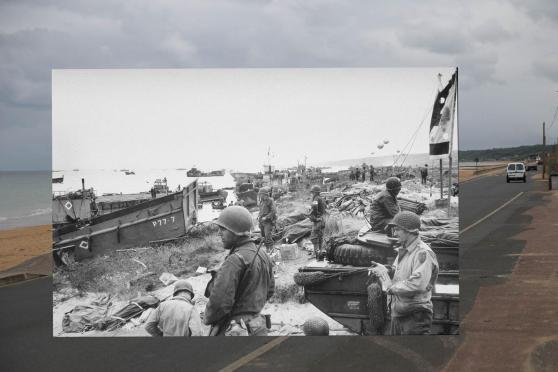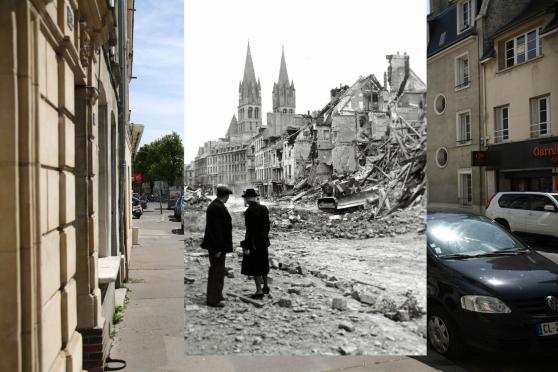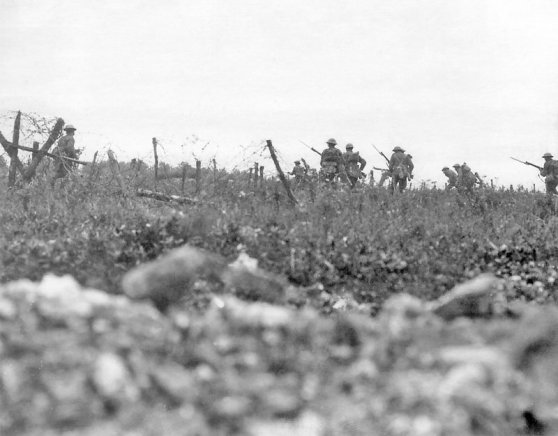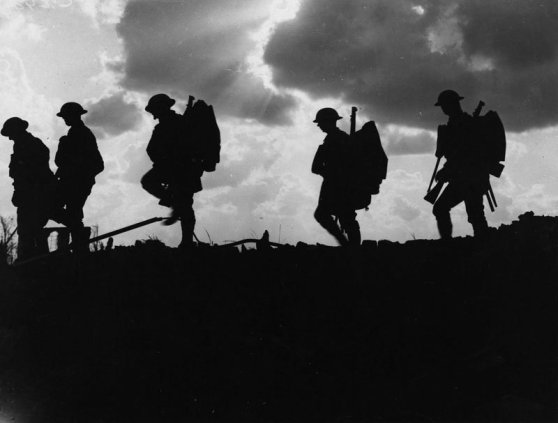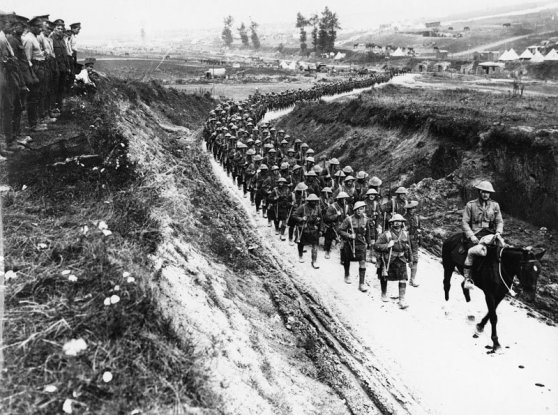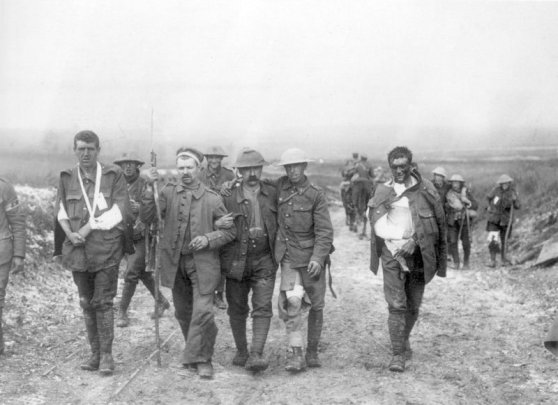Regarding the event as a whole, the overall exhibition seemed really positive with comments by most people saying they really enjoyed the work and thought it was well presented and made. It coincided with the 100 years of the RAF which also drew people in. They loved the film being played in the background and it really drew attention to the work. The visitor’s book had only positive comments from the audience and had a range of people from all over the world including Lativa!
The postcards I made were also well received, providing relative information about myself (websites, social media, email). People also wanted them to put in frames, as they enjoyed my work that much. Overall I sold 54 postcards, the most popular one being the one of the Jackdaw pub. I let the venue have most the postcards that were left over to sell on themselves. I have kept some so I can also sell them also. I would defiantly make postcards again for future exhibitions people liked the idea and it allowed the audience to leave with a small yet professional memento of the event.
With this, no accidents happened while exhibiting. People took care and flowed around the space how I wanted them to, making sure children were behaving and not running in and out of the boards. The statement that I provided the audience was informative and any questions they had I answered and explained. I even found out stuff about the film I did not know, as some people who came to look at the exhibition helped out on the set of the film. The only negative feedback i had was that people would have liked to know where the places were, where I took the photos so they can go there themselves to have a look.
To improve the exhibition, I should of possibly should have given more information about each image, by putting a small statement next to the image. However, as a whole, I am pleased with the response I had, and how well it went. I fell that I can confidently put on and organize my own show in the future. as at first, I didn’t know how people would like it. I’m so happy I chose to put on an exhibition rather than making a book.























